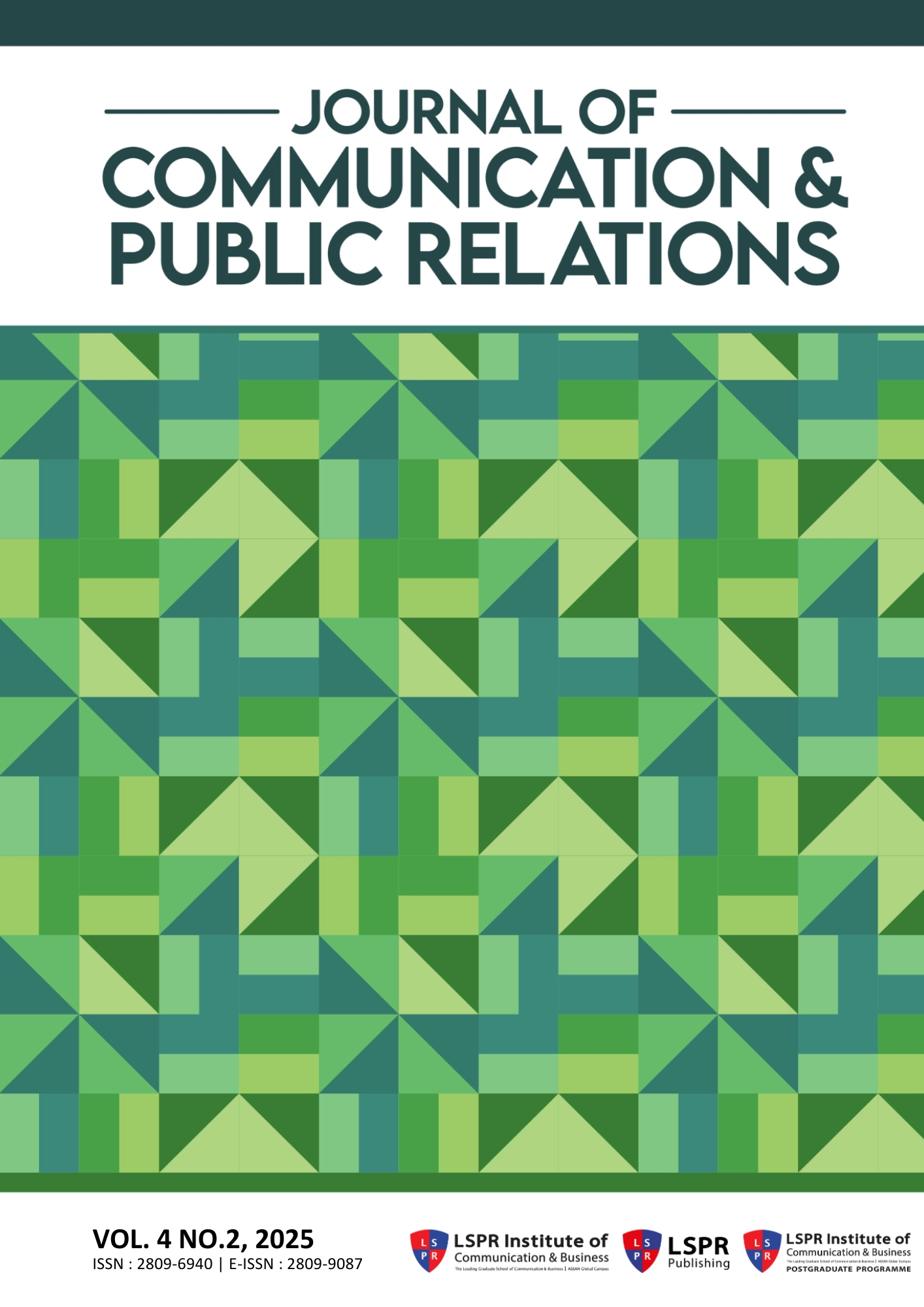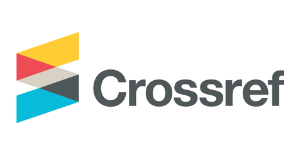Proliferation of Media Content on TIKTOK and Its Impacts on Traditional Television Viewing Habits in Ghana
DOI:
https://doi.org/10.37535/105004220251Keywords:
proliferaion, media content, TikTok, television, GhanaAbstract
Premised on media substitution and uses and gratification theories, this study evaluates the increasing prominence of TikTok media content as it transforms traditional television viewing practices focusing on users between 18 and 34 years old. This research analyzed quantitative data to understand how short-form customized interactive TikTok content affects people's media habits and advertising results. User behavior has drastically evolved since people now dedicate their time primarily to TikTok rather than traditional television watching. Users transition to this platform primarily because it offers straightforward features and intelligent recommendation systems together with time-efficient content delivery. The research finds that TikTok continues to expand its influence on digital advertising landscapes. The research demonstrated that people chose TikTok ads over conventional television advertisements because they felt more connected and got better buying influences. Through its features of interactive content and user-generated material as well as viral trends TikTok functions effectively for advertisers by engaging audiences. According to the study conventional television networks need to find ways to innovate and integrate short-form digital content within their strategies for remaining relevant amid ongoing digital platform evolution. These findings suggest that the media world is transforming because viewers now interact with ads differently through TikTok and its associated apps as digital platforms take over consumer habits.
References
Ayuni, R. D. (2022). Crowdsourcing: Tools for viral marketing. Communicare: Journal of Communication Studies, 9(2), 108. https://doi.org/10.37535/101009220223
Blumler, J. G., & Katz, E. (1974). The uses of mass communications: Current perspectives on gratifications research. Sage Annual Reviews of Communication Research Volume III.
Chamanadjian, C. (2024). TikTok, Boom. https://doi.org/10.1016/j.jaac.2024.03.007
Falgoust, G., Winterlind, E., Moon, P., Parker, A., Zinzow, H., & Chalil Madathil, K. (2022). Applying the uses and gratifications theory to identify motivational factors behind young adults’ participation in viral social media challenges on TikTok. Human Factors in Healthcare, 2, 100014. https://doi.org/10.1016/j.hfh.2022.100014
GeoPoll. (2024). Social media vs. traditional media in Africa. https://www.geopoll.com/blog/social-media-vs-traditional-media-in-africa/
Groves, R. M., Fowler, F. J., Couper, M. P., Lepkowski, J. M., Singer, E., & Tourangeau, R. (2009). Survey methodology (2nd ed.). Wiley.
Istijanto, I., & Purusottama, A. (2023). Is traditional media communication less effective than social media and personal selling for brand building? Empirical evidence from a cosmetics brand in Indonesia. Cogent Social Sciences, 9(2). https://doi.org/10.1080/23311886.2023.2276620
Jaipong, P. (2023). Business model and strategy: A case study analysis of TikTok. Advance Knowledge for Executives, 2(1), 1–18. https://papers.ssrn.com/sol3/papers.cfm?abstract_id=4335962
Kaye, B. K., & Johnson, T. J. (2003). From here to obscurity?: Media substitution theory and traditional media in an online world. Journal of the American Society for Information Science and Technology, 54(3), 260–273. https://doi.org/10.1002/asi.10212
Kim, S. J., Viswanathan, V., & Lee, H. M. (2020). Platform war vs. platform synergy? A longitudinal analysis of media substitution between personal computers and mobile devices. Journal of Broadcasting & Electronic Media, 64(2), 65–88. https://doi.org/10.1080/08838151.2020.1718986
Kothari, H., Choudhary, A., Jain, A., Singh, S., Prasad, K. D. V., & Vani, U. K. (2025). Impact of social media advertising on consumer behavior: Role of credibility, perceived authenticity, and sustainability. Frontiers in Communication, 10, 1595796. https://doi.org/10.3389/fcomm.2025.1595796
Loos, E., & Ivan, L. (2022). Not only people are getting old, the new media are too: Technology generations and the changes in new media use. New Media & Society, 26(6), 3588–3613. https://doi.org/10.1177/14614448221101783
Maulana, M. A., & Sandyawati, N. S. (2023). Using TikTok social media as a marketing promotion media in online business. International Journal of Social Science, 3(4), 507–514. https://doi.org/10.53625/ijss.v3i4.7151
Memon, M. A., Ting, H., Cheah, J., Thurasamy, R., Chuah, F., & Cham, T. H. (2020). Sample size for survey research: Review and recommendations. Journal of Applied Structural Equation Modeling, 4(2), i–xx. https://doi.org/10.47263/jasem.4(2)01
Montag, C., Yang, H., & Elhai, J. D. (2021). On the psychology of TikTok use: A first glimpse from empirical findings. Frontiers in Public Health, 9, 641673. https://doi.org/10.3389/fpubh.2021.641673
Napoli, P. M. (2011). Audience evolution: New technologies and the transformation of media audiences. Columbia University Press. https://cup.columbia.edu/book/audience-evolution/9780231150347/
Prihatiningsih, T., Panudju, R., & Prasetyo, I. J. (2024). Digital advertising trends and effectiveness in the modern era: A systematic literature review. Golden Ratio of Marketing and Applied Psychology of Business, 4(2), 132–143. https://doi.org/10.52970/grmapb.v4i2.505
Qausya, A. A., & Bernadette, S. (2023). Strategic marketing public relations for brand elevation: A case study of the #JacquelleDisneyEdition campaign. Journal of Communication & Public Relations, 2(2), 80–102. https://doi.org/10.37535/105002220245
Rumapea, M. E. (2025). TikTok study about lifestyle in Medan city. An Introduction to the Social Sciences, 24–34. https://doi.org/10.47172/sfp2020.ed.979-8-9917110-9-8_2
Saskia, R. A., Ahmad, A., & Ramelan, M. R. (2024). The influence of user generated content jiniso.id on TikTok social media on consumer buying interest. Asian Journal of Economics and Business Management, 3(2), 523–529. https://doi.org/10.53402/ajebm.v3i1.429
Shutsko, A. (2020). User-generated short video content in social media: A case study of TikTok. In G. Meiselwitz (Ed.), Social computing and social media. Participation, user experience, consumer experience, and applications of social computing (HCII 2020, Lecture Notes in Computer Science, Vol. 12195, pp. 108–125). Springer. https://doi.org/10.1007/978-3-030-49576-3_8
Sims, C. (2020). Extinction or resurrection: Surf mags and media substitution theory. LinkedIn Articles. https://www.linkedin.com/pulse/extinction-resurrection-surf-mags-media-substitution-theory-sims/
Šostar, M., & Ristanović, V. (2023). Assessment of influencing factors on consumer behavior using the AHP model. Sustainability, 15(13), 10341. https://doi.org/10.3390/su151310341
Stürmer, L., & Einwiller, S. (2022). Is this advertising or not, and do I care? Perceptions of and opinions regarding hybrid forms of content. Journal of Marketing Communications, 29(2), 161–178. https://doi.org/10.1080/13527266.2022.2154065
Wang, E. (2021, September 27). TikTok hits 1 billion monthly active users globally—company. Reuters. https://www.reuters.com/technology/tiktok-hits-1-billion-monthly-active-users-globally-company-2021-09-27/
Wufron, W., Lestari, A. A., & Nursifa, D. (2025). The relationship of TikTok content trends regarding tourism travel to the travel interest of Garut University students. Jurnal Wacana Ekonomi, 24(2), 68–72. https://doi.org/10.52434/jwe.v24i2.42349
















